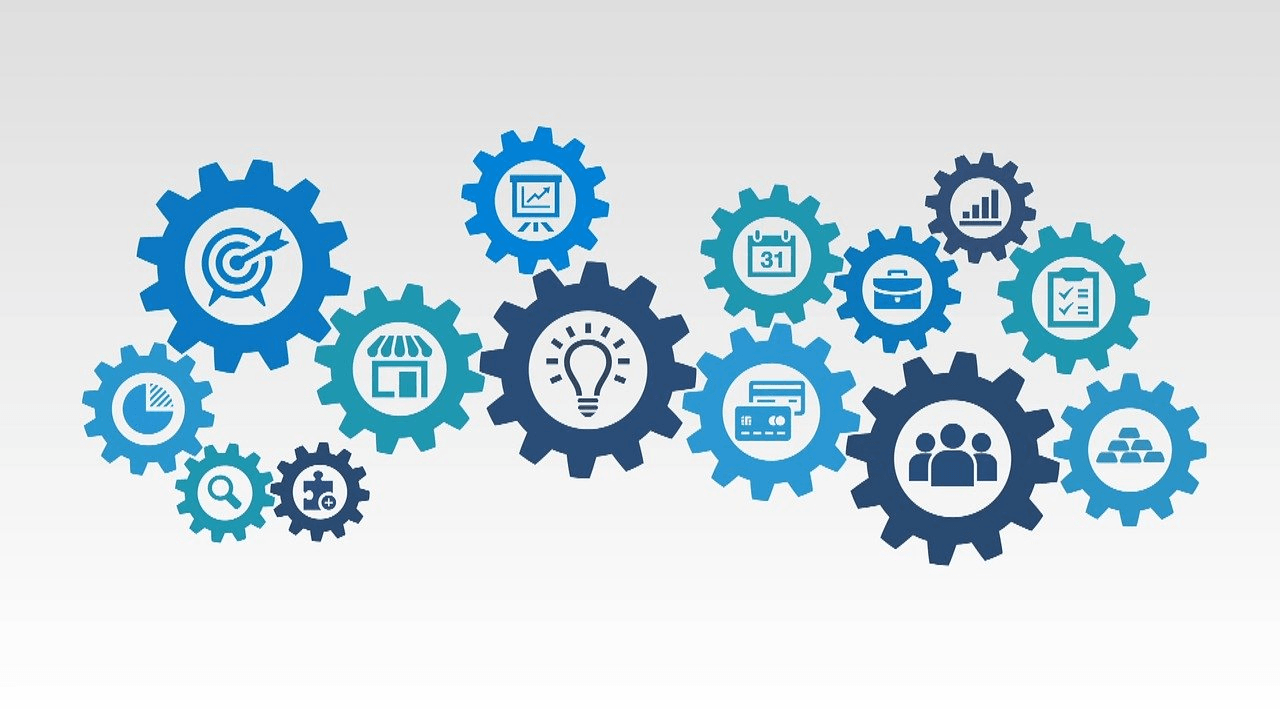Three Reasons to Resurrect the Internal Customer
Is the internal customer concept dead? This is a question I have found myself pondering lately, having been constantly surprised how few of the organisations we work with are aware of the term. For the sake of our organisations, their customers and the people who inhabit them, I sincerely hope not.
So, what is an internal customer? Simply put, it’s anyone within an organisation who is dependent on anyone else within the organisation. The root of internal service lies in the understanding that everybody supports everybody else in order to achieve the best outcomes possible.
Thinking about the places we work in terms of our internal customers challenges us to look beyond our own to-do lists and start asking “what’s on yours, and how can I help?” It’s about understanding the larger role we play, not for ourselves but for others. And it’s about taking all the great disciplines we have honed over the years about customer service, and applying them to the way we treat each other, every day. Because if the guy across the floor from you is waiting for your input, then he’s your customer. And if you give him your very best, he can give his customer the very best, and so on.
I know what you’re thinking – this just sounds like great teamwork right? Well I half agree with that because that will certainly be an outcome. But the term itself is important because it forces us to think of the colleagues and departments we work with every day through a different lens – that of the customer. Such a paradigm shift challenges us to start asking “would I treat an external customer like this?” and “if I were a customer, would I be happy with this?”
Here’s why you should care about this topic:
1. Because you care about your culture
Time and time again, we hear frustrated Managers and CEOs saying “I need this person or this team to stop thinking about themselves and start helping others” (or words to that effect). If you’re looking to build a culture where people proactively go out of their way to assist others because “that’s just how we roll around here”, then an internal customer focus can play a big part of getting you there.
2. Because you care about results
Whatever it is you do, for whomever you do it, internal customer focus will help you do it better. If you want faster delivery, you need every person in your organisation that inputs into delivery focussed on doing the best possible for the next person in that chain. The same can be said for quality, innovation, and of course customer service. What happens internally will absolutely reflect outwardly. When internal customer service is strong, anyone that comes into contact with that organisation will have an improved experience.
We sometimes hear people say “this doesn’t apply to my organisation because we don’t have customers (think education, health, local and central government, emergency services etc.). Here’s the thing, all organisations create outputs they and others care about. They wouldn’t exist otherwise. So regardless of the terminology of that end-user, every organisation can benefit from the concept of the internal customer. Think about a teacher teaching your children. Don’t you think that teacher will do a better job for your kids if everyone else that supplies that teacher with what they need, gives him or her their very best?
3. Because you care about your people
In recent years, the self-help industry has taken somewhat of a battering. The recent focus on “finding your bliss”, positive psychology and a variety of other terms focussed on how to be happy has come under some criticism due to the increasingly popular view that the true path to fulfilment and happiness is to stop thinking inwardly and start looking outwardly. There is a large and growing body of research around the positive psychological effects of helping others. Simon Sinek, author of Start with Why and Leaders Eat Last even suggests we should rename the “self-help” section of the bookstore “helping others”. For a light read, see Huffington Post’s 2016 article titled “10 Facts that Prove Helping Others is a Key to Achieving Happiness”
http://www.huffingtonpost.com/2016/12/12/international-day-of-happiness-helping-_n_6905446.html
Creating an environment where people are focussed on helping those around them creates a far more fulfilling and satisfying place to be. And remember, it goes both ways. Not only are your people helping others, but they’re also the “customer” of someone else, and therefore benefiting from other’s efforts. Suddenly barriers are removed, frustrations are minimised and it’s a better place to be.
Here’s where I think the internal customer concept has gone wrong for some organisations, and therefore fallen out of favour. When creating awareness and buy-in for the concept, one of the first steps is to identify who your internal customers and suppliers are, often achieved through a process of customer/supplier mapping. The next step is often for each department to sit with each of their internal customers and create what can be very structured and detailed customer/supplier agreements, each with a set of customer goals which will be measured and reviewed over time. Now if you imagine that each department may have between five and ten key internal customers, it doesn’t take long to see how this system can get unwieldy and out of hand.
It doesn’t have to be this way. The key to any of these concepts is to take small steps and KEEP IT SIMPLE! Start with one team. Get them to identify their internal customers and encourage them to start having conversations with them. Ask them to challenge their own assumptions about what these people need and why. Get them to set up a simple mechanism for receiving feedback from their customers, and encourage them to make changes to their practices and systems as a result. Move on to the next team. Once people start getting a taste of this new outward-looking approach, the buzz will start to spread.
The Internal Customer may have been replaced by newer and funkier concepts in recent years, but this is one that deserves a dusting off because I believe it still has the power to do remarkable things in our organisations – in fact in our current world of me-me-me, perhaps it’s just the tonic we need.
Marie Johnston










